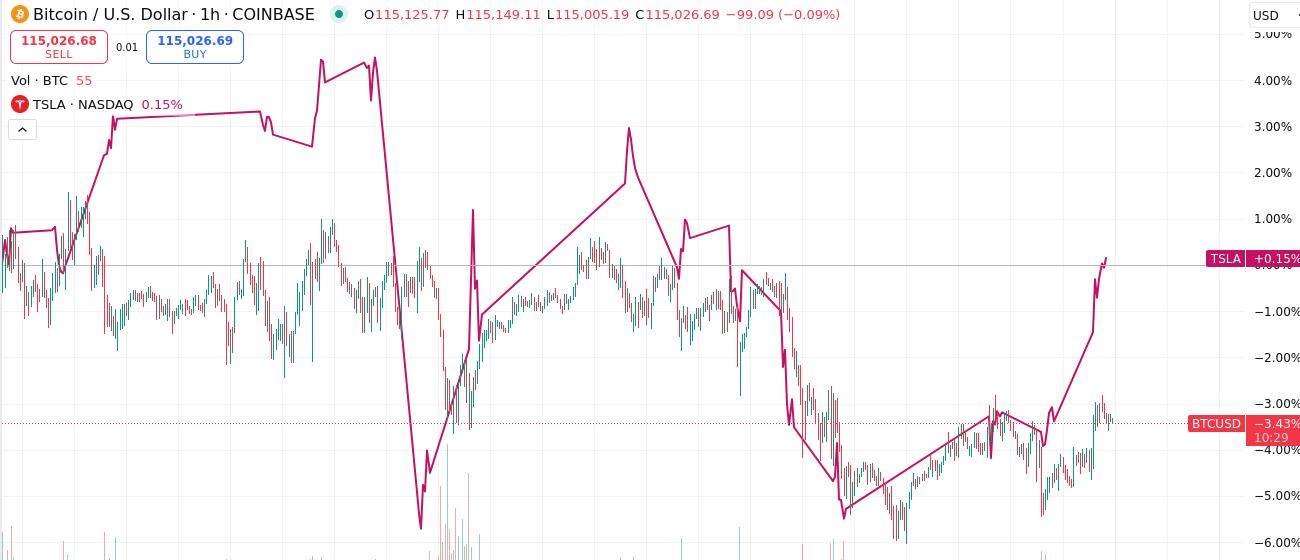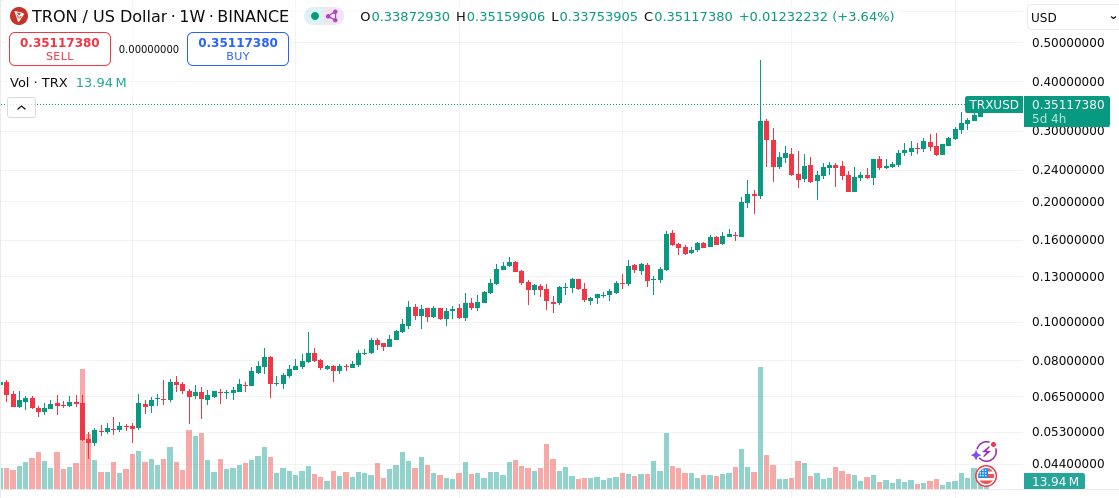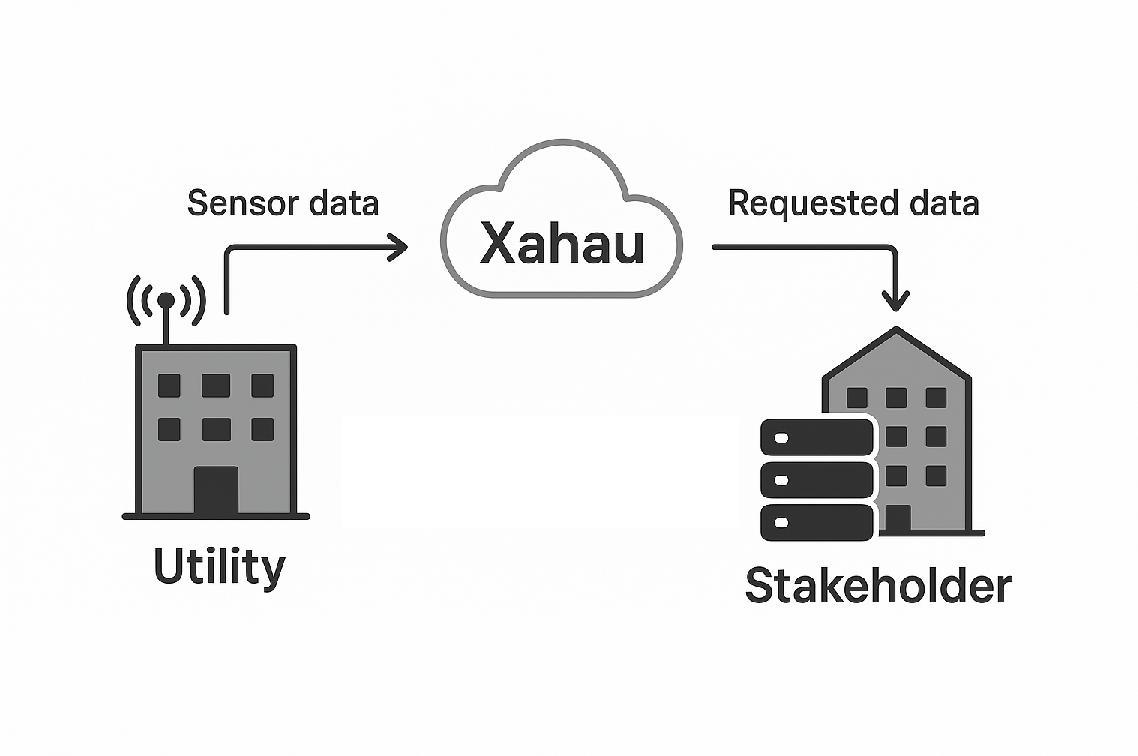Utility
In the early days of XRP, it was crucial to evangelize about the importance of 'utility'.
Why?
Because even in 2018, we could see the shift in speculator interest; instead of evaluating the merits of a network's capabilities, and its strengths and weaknesses, speculators were laser focused only on the mainstream-media-fueled chains that were already 'mooned'. The number-goes-up headlines are an interesting byproduct of success, and in the case of the XRP Ledger, that fame was truly deserved: the community had persevered against a minority of corrupt BTC maxis that had been intentionally thwarting its rise, using false propaganda.
"Store Of Value"
Roger Ver, the crypto & Bitcoin champion that created one of the largest early Bitcoin payment processors, wrote of the strange narrative pivot for Bitcoin that happened, roughly ten years after its creation.
Instead of a "peer-to-peer" payment system designed to free people from fiat currency enslavement, it was essentially hijacked, and the narrative was intentionally shifted to Bitcoin as a 'store of value'.
 BTC Store Of Value Narrative
BTC Store Of Value Narrative
In addition, a chart showing BTC's logarithmic rise in price was shared over social media, that clearly implied a massive valuation for that coin; the chart has since been altered by some, but it is still shared over social media with the implication that BTC's dominance is a 'mathematical inevitability'.
"It Is Mathematics"
Some BTC maximalists will make the claim that BTC's rise in price - and its dominance in the market - is based purely on mathematics.
It's actually not. 🙄
What the claim asserts, is that, as the supply of BTC maxes out around 21 million, that the supply shock, alone, is the primary driving factor in BTC's market valuation. But this claim is easily proven false by comparing BTC to its two challenger chains, both with roughly the same supply (2025 August):
BTC: Price: $119,744 | Supply: 19.9 Million
BCH: Price: $ 619 | Supply: 19.9 Million
BSV: Price: $ 29 | Supply: 19.9 Million
Contrary to the claim that it's "mathematics" alone, BTC's current price behavior appears to move directly with popular NASDAQ stocks. We can see this when a TSLA chart is overlaid with BTC:
 BTC And Tesla Price Movement
BTC And Tesla Price Movement
In addition, early BTC speculators participate in a massive marketing push during bull runs, which shows that BTC's popularity, and its dominance, is based on ... mass media and marketing.
It's not a bad thing; but it's important to call out the unsupported claim that BTC's rise is based on 'mathematics' alone.
Utility Matters
The XRP Ledger - and Xahau, the 'smart contract version' of the XRP Ledger - relies on an agreement protocol; a way of verifying cryptographically-secure transactions in a fault-tolerant manner, utilizing a group of trusted UNL validators.
And both XRP and XAH networks contain a wide variety of easy-to-use functions that support dozens of high-frequency use cases.
- Want a network that can verify a transactions in three seconds or less?
- Want to lock away your tokens until a future date?
- Want to issue your own IOU to somebody?
- Want to mint a unique asset and then sell it on-chain?
- Want to trade tokens on a native decentralized exchange?
- Want to require multiple signers for a high-value account?
All of these capabilities are shipped natively with the XRP Ledger and Xahau.
The Rise of Utility
While I'm usually focused on the XRP Ledger and Xahau ecosystem, there are other chains that have benefited from real utility.
At its start, TRON generated interest due to its innovations above and beyond its inspiration - Ethereum - and has been a popular smart contract network with people that bother to research its capabilities. It has been one of several chains, in addition to the XRPL and Xahau - that have hosted fiat-backed stablecoins.
And in its case, it hosted the largest one; Tether.
While Tether (USDT) is on multiple chains, a large portion of it is on TRON, and its utility has helped speculators realize a return based on its real-world capabilities:
 TRON Tradeview Chart
TRON Tradeview Chart
Don't get me wrong: I'm not necessarily advocating TRON, or its hosted stablecoin, USDT; but the fact that they pursued this high-frequency use case successfully, and then were begrudgingly acknowledged by the market, shows that utility does, in fact, seem to matter.
Although this chart reflects recent bull market conditions, utility can sometimes make a difference even in bear markets, as contrarian speculators look deeper for real utility.
Utility Will Grow In Importance
Being an electronic tulip is not enough.
While mass marketing can prop up an asset, sometimes for extended time frames, once the market realizes that any object can function as a 'store of value', where does a network turn to underpin its worth? BTC continues to benefit from its popular first mover status; other networks will need to look further to compete.
Beyond speculative value, cryptocurrency networks need to offer something of substance ... something with real usefulness.
And that's where utility networks shine.
X | X>
Sources
https://sobrief.com/books/hijacking-bitcoin
Cover Photo by https://unsplash.com/@lox at https://unsplash.com/photos/hand-tool-on-wall-YVT5aF2QM7M







